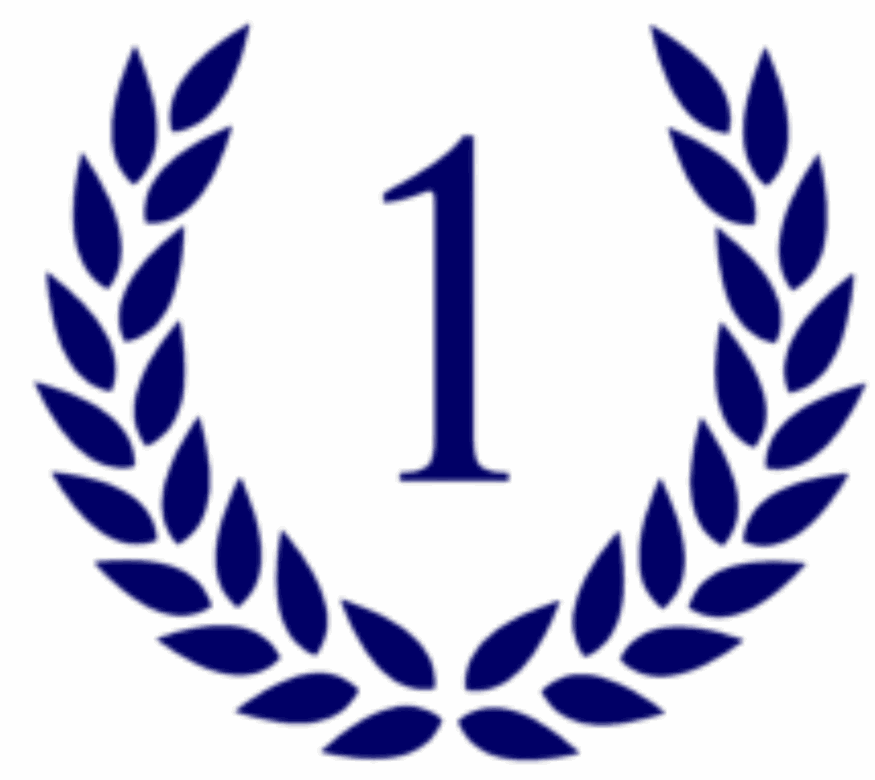
I observed an observation where the tutor was teaching the student about the reproductive system. They went over the content in the textbook, breaking down the information. They first went over hormones, going over important terms and definitions before moving onto mammalian reproduction where important terms and definitions were also discussed. The tutor wrote down the key words and definitions on the whiteboard, and continually discussed definitions with the student to ensure active learning. Such as discussing the terms androgens and testosterone, and allowing the student to form the definition of spermatogenesis by themselves. On top of discussing important terms and definitions, the tutor also asked the student questions to get them actively thinking and using terms discussed. This allows the student to solidify the knowledge learnt and also apply the knowledge to know how to answer questions. They also discussed the hormones in males and females and the functions of them, such as oestrogen and progesterone. To help the student take in the dense information covered, active recall was used with the student explaining back terms to the tutor. They then moved on to the female reproductive cycle, discussing the ovarian cycle and menstrual cycle. The tutor would continuously encourage the student to connect different terms to different concepts, allowing the student to actively engage in the content and create schemas. Gonadotropic hormones were discussed such as follicle stimulating hormone (FSH) and Luteinising hormones (LH) and their functions. Lactogenic hormones were also discussed such as prolactin which prepares breast tissue for milk production. The tutor also showed the student a graph/diagram in the textbook, and told the student to explain the graph to him. This allows the student to bring together all the knowledge he learnt in the lesson and connects it to a visual representation to solidify and active recall the knowledge related.
Cynthia Lam

